Visit the island of Nosy-Be in Madagascar
Exotic destinations are very popular with holidaymakers in search of disbursement. They allow you to visit picturesque regions and learn other cultures. To evade daily trains and pollution for a few days, visit Nosy-Be, the jewel of Madagascar.
The geolocation of the island of Nosy-Be
Nosy-Be is a 320km2 paradise island located in the north west of the Malagasy coast. The tropical sun shines throughout the year (340 days of sunlight) and the average temperature turns around 25°C. The four corners of this pearl of the Indian Ocean are surrounded by beautiful beaches cradled by the Indian Ocean. The majority of the inhabitants of Nosy-Be are Malagasy. They speak French correctly. Foreigners from all backgrounds work there as tourist operators (travelers, hotel managers and restaurants or recreational club owners). In addition, farnientes by the sea and nautical activities, this jewel of Madagascar contains endemic fauna and flora.
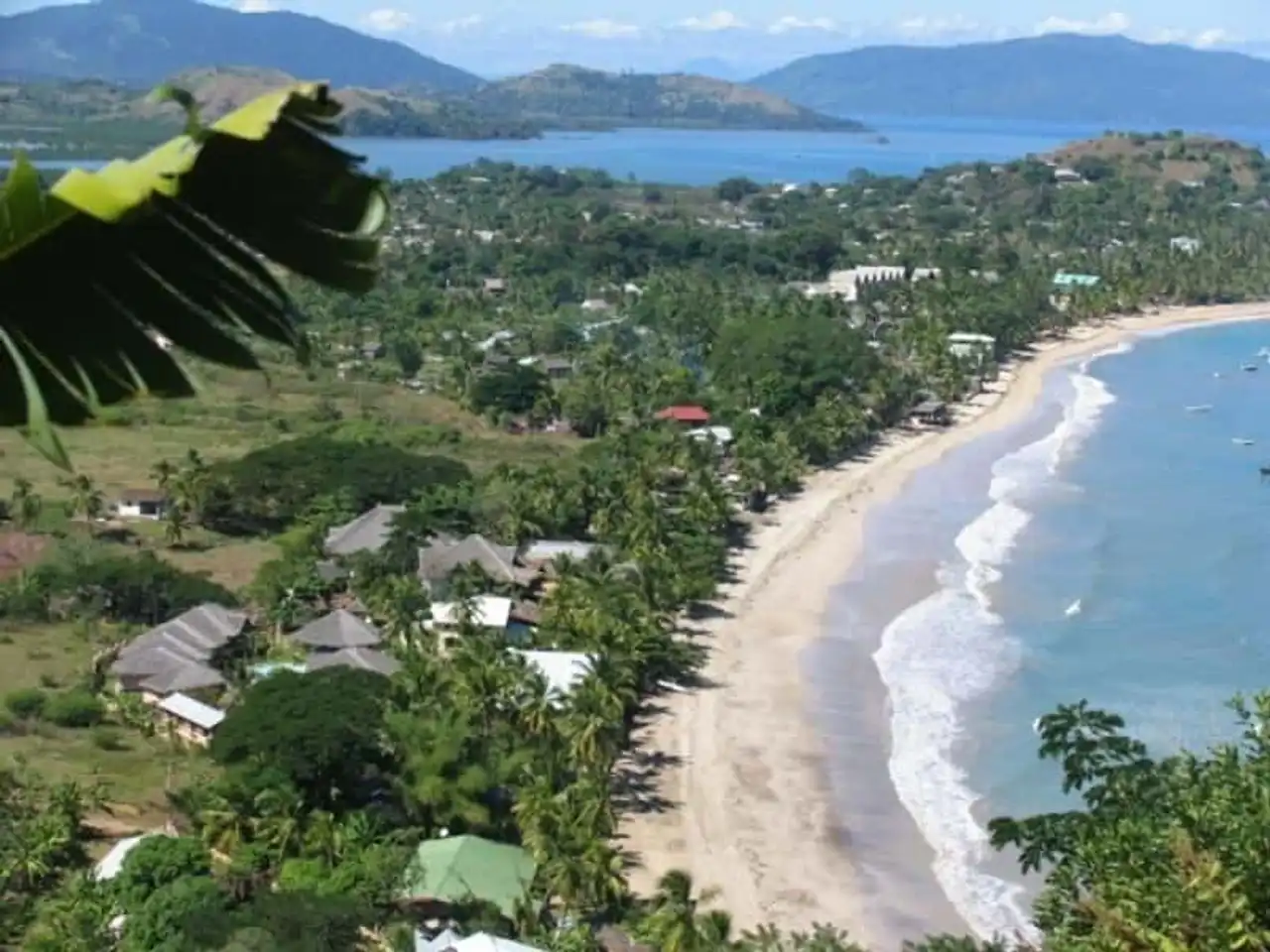
Accommodation in Nosy-Be
Nosy-Be is the main tourist destination of Madagascar. It is one of the first foreign exchange providers of the local economy. It hosts tens of thousands of holidaymakers every year. All accommodation options are available on site: palaces with private beach, 3, 4 or 5-star hotels, bungalows or rooms at home. Invoices are paid in euros or in Ariary (1€ ≤ 3,00 Ariary). All credit cards are accepted and ticket distributors are almost everywhere. A one-week stay allows you to relax and explore the natural riches of the fragrant island.
Tourist attractions in Nosy-Be
The main city of Nosy-Be is Hell-Ville. You can find luxury shops, art shops, bars, night clubs, spa and leisure centers. Charming seaside villages make the originality of Nosy-Be. Andilana is the preferred class destination. Ambatoloaka, Madirokely, Ambondrona and Orangea are charming small hamlets that also face the sea. Their beaches with crystal clear waters compete with beauty.
In Nosy-Be, 4X4, motorcycles, quads and bikes are offered for vacation rental to discover all the corners of the island. Yachts, Catamarans, outboards and boats of various sizes also make it possible to discover the Indian Ocean and to see hump whales, whale sharks and other cetaceans that pass through the region.
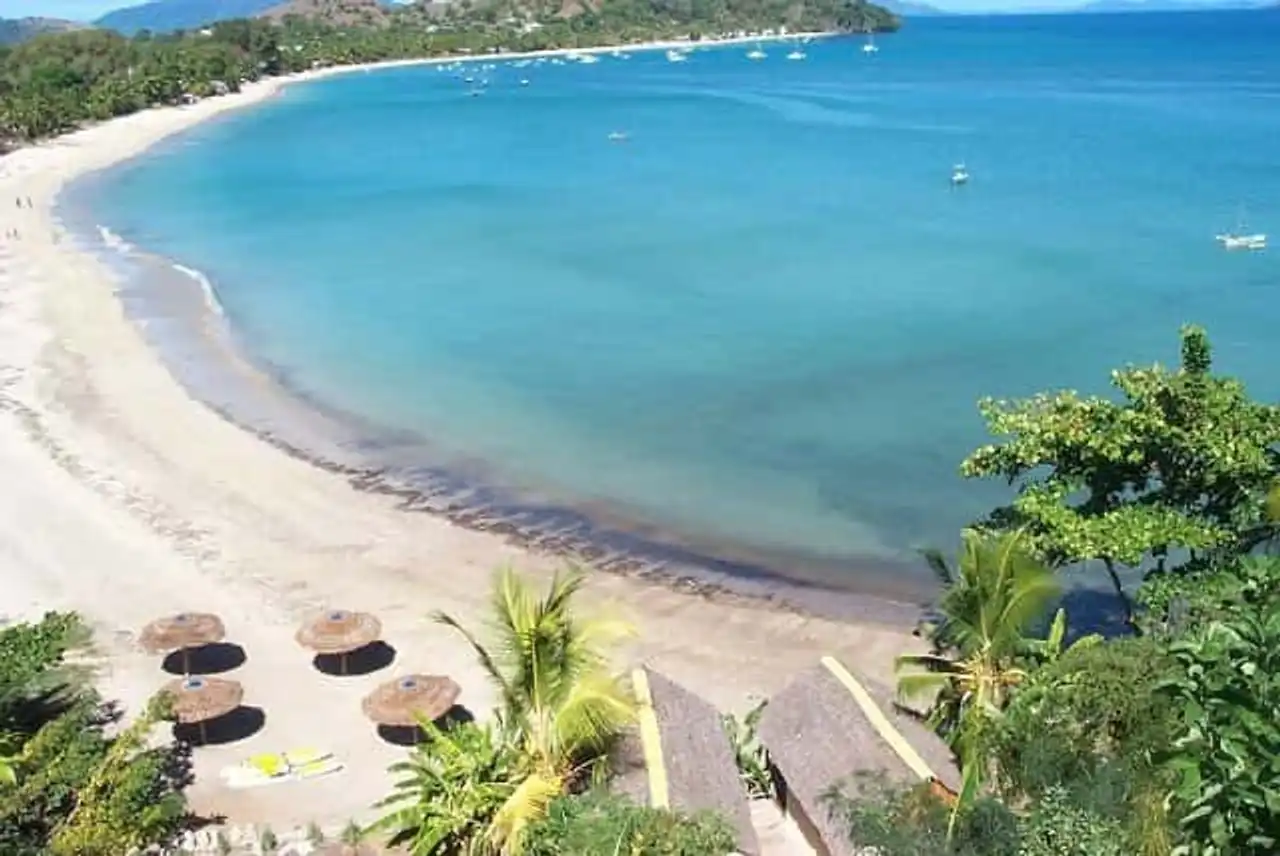
Mandirokely Beach
Renting agencies offer scuba diving, big or sporty fishing, jet-skiing, waterskiing, canoeing, tractable mud and trekking to nautical activity enthusiasts. On the farmland, interesting tourist attractions are not to be missed in the island of Nosy-Be. The 740 hectares of the Lokobe Nature Reserve contain endemic plants that make the region's reputation. The Passot Mountain, which is the top of the island, allows you to contemplate the depths of the island and the ocean. In a tiny forest called by the natives, the Sacred Tree is a Banian fig tree whose ancestral branches intersect wonderfully. You will experience a typical tropical atmosphere, if you pass in the Dzamandzar region during the Donia Festival. Shows animated by local stars as well as those from nearby islands, carnivals, modern or traditional songs and dances animate this small town for a week.
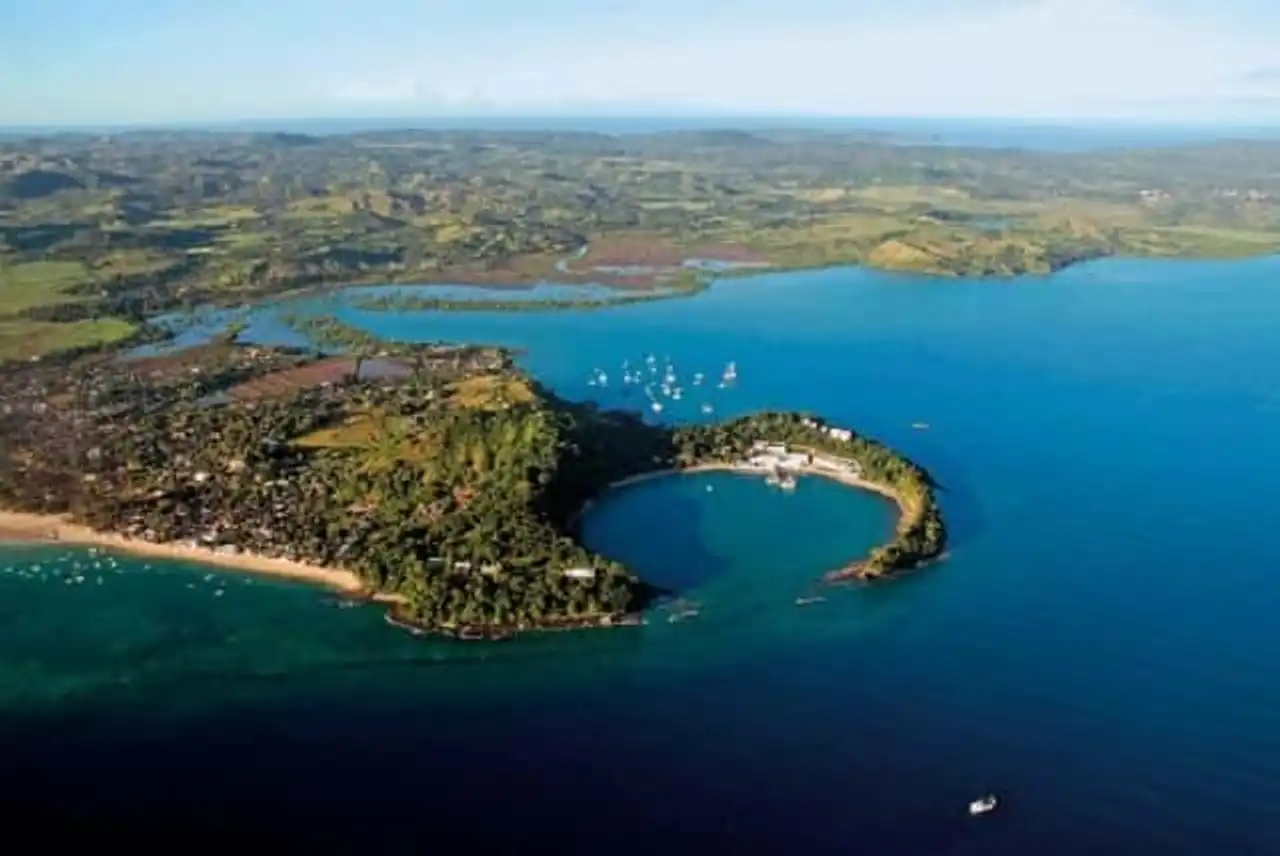
In short, Nosy-be is an unforgettable destination. When you return, don’t forget to take care of souvenir gifts. The local craftsmen make amazing art objects with precious wood, rabane or coconut.
Nosy-Be and its beautiful beaches
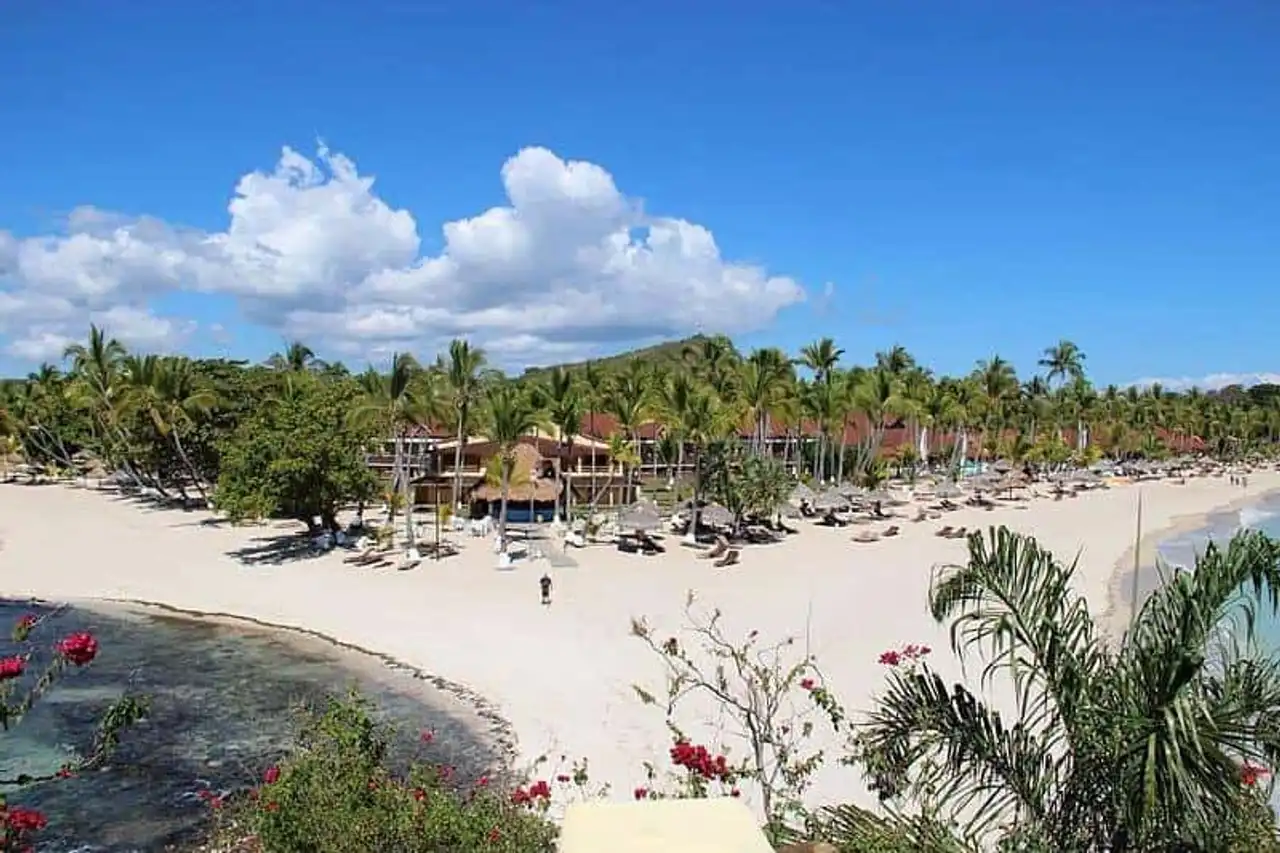
Andilana Beach – Wikimedia – Saidfaid
Once you arrive in Hell-ville, the largest agglomeration of the island, you have the embarrassment of choosing the first beach to visit. 7km is Ambatoloaka , a fishing village around which are built many luxury hotels. A few minutes away, is located another tourist site, Madirokely , the place of privileged holiday of the indigenous. Every Sunday, this small hamlet is very lively. However, most vacation rentals are cheaper. Always moving north, you will discover Ambondrona , the unmissable destination of all visitors who are passing to Nosy-Be. It has a charming rounded creek on which you can relax in the sun throughout the day or practice miles and nautical activities. Palm-Beach , a luxury hotel so popular with rich holidaymakers from all walks of life has chosen a residence in this typical Malagasy village.
Nosy-Be and her vacation rentals
In Nosy-Be, lodge, villas and bungalows with modern equipment welcome visitors in search of Exoticism . Local dishes and recipes from all continents are wonderfully concocted in refined restaurants, pizzerias and gargotes that line the roads. Langoustes, lobsters, shrimps and crabs are present on all tables. ♪ exotic fruits like mangoes, pineapples, corossols, papayas and others embellish all dishes. They are sold to the stall and are used to prepare different types of desserts and drinks.
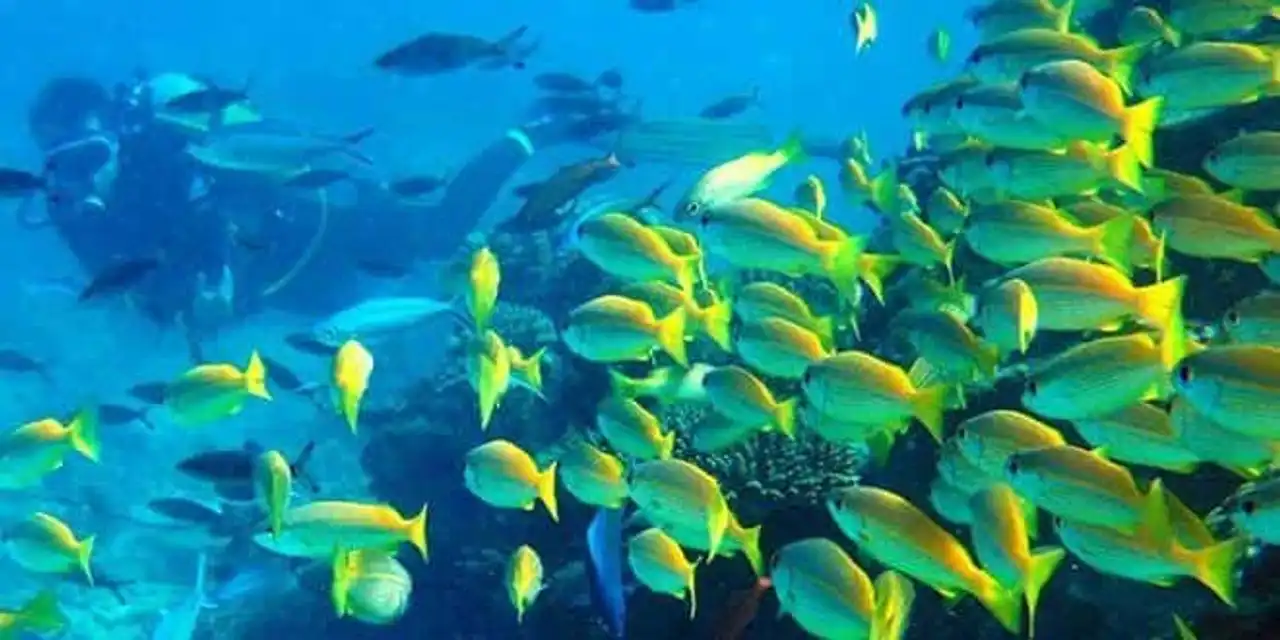
Credit – rhinoafrica.com
According to the tour operators, Nosy-Be has the most beautiful beaches in the world. The local tour operators offer rental of all types of cars as well as other means of locomotion such as quads, motorcycles, scooters or bicycles. With catamarans, sailing boats and fishermen’s pirogues, you can make nautical tourism to explore the surroundings of the island or participate in fishing, sporting or wholesale parts. Extreme sports enthusiasts will be spoiled for the choice of water activities. Jet ski, trekking, surf kit and diving equipment rent at low prices on site. Other water activities such as surfing and waterskiing are also practicable in its idyllic beaches. This part of the Indian Ocean is the place for breeding whales, white sharks and dolphins. Excursions and cruises allow you to discover the seabed and the northern part of Madagascar.
Direct flights served by Air Madagascar and Air France connect France and Europe to Nosy-Be. Thanks to its tropical climate, this jewel of Madagascar welcomes holidaymakers all year round.
Nosy-Be : the local landscape and the indigenous
Nosy-Be represents a dream destination located in the Indian Ocean. With the crystalline sea that surrounds it on all sides, it has beautiful beaches with blond sand. On the farmland, Lady nature has gratified this paradise island of a thousand and an asset. Its landscapes are atypical and its welcoming inhabitants.
Nosy-Be deserves its appellation of "island with perfumes". From the exit of the international airport, visitors are welcomed by a pleasant fragrance. Large Ylang-ylang plantations along the road leading them to the largest locality of the island. They form a real flowering crown that seems to welcome newcomers. The nectar of this aromatic plant is very useful from luxury perfume manufacturers. Several peasants pick the ylang-ylang flowers on behalf of the distilleries on site.
This islet of 321 km2 has wonderful beaches with charming traditional villages, comfortable falafa bungalows or luxurious 3, 4 or 5-star hotels. During a stay in this paradise island, travellers have the opportunity to see the natives live or connect conversations with them. They are friendly and warm. The crowd of tourists has prompted them to learn foreign languages. Some perfectly understand the language of Molière and Shakespeare while others manage to articulate a few words in Italian or Japanese. Most of them offer themselves as guides to show the sense of hospitality while winning a few ariary More.

Photo credit: Flickr – Giorgio Minguzzi
In Nosy-Be, the main activities of the local population are fishing and agriculture. Throughout the day, it is not uncommon to see women with a basket on the head cross the beach long and wide. They sell to tourists local treats, freshly picked juicy fruits or art objects. In the afternoon, young people indulge in the pleasures of the beach or organize football and beach-soccer games. At the beginning of the evening, the fishermen's frills return to the farmland. Whether they come home full of bushes or fish, the whole village welcomes these heroes who have crossed the sea from the sunrise with dances and shouts of joy.
By linking conversation with the natives between two tourism activities, several opportunities are offered to those who want to know more about the island of Nosy-Be, its population and local culture.
Main Photo: Wikimedia – Jean-Louis Vandevivère
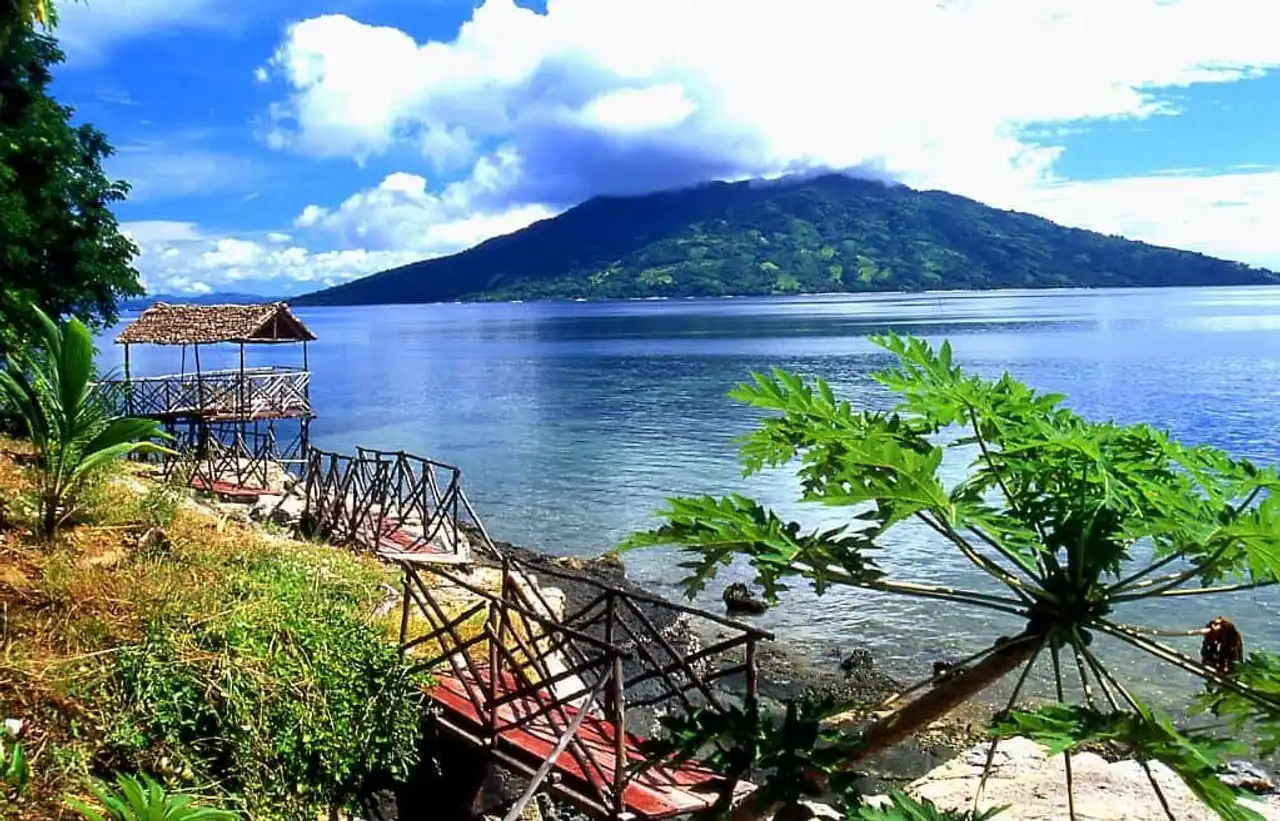





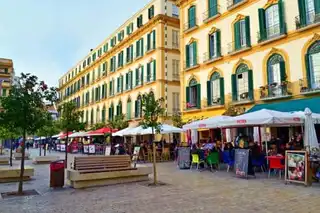
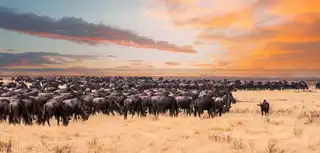
Loading comments ...